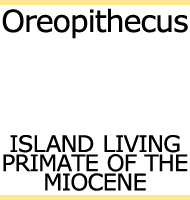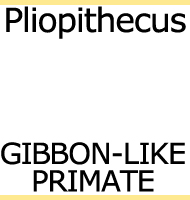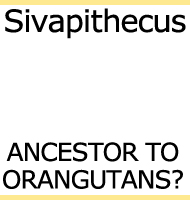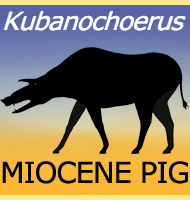


Pierolapithecus
Name:
Pierolapithecus
(Pierola ape).
Phonetic: Py-roe-la-pif-e-kus.
Named By: Salvador Moya-Sola, Meike Kohler,
David Martinez Alba, Isaac Casanovas-Vilar & Jordi Torres
Galindo - 2004.
Classification: Chordata, Mammalia, Primates.
Species: P. catalaunicus
(type).
Diet: Herbivore.
Size: Weight estimated between 30 - 35
kilograms. About 1 - 1.2 meters tall.
Known locations: Spain, Catalonia.
Time period: Serravallian of the Miocene.
Fossil representation: Partial skull and post
cranial remains.
Pierolapithecus
is one of the most important of the known prehistoric apes because it
is widely regarded as the ancestral form to not only today’s apes,
but also humans. To put this statement into its full context
however, Pierolapithecus was not necessarily
‘the’ ancestor,
but in terms of physical features, it displays a transition from
more primitive primates to true apes. The appearance of
Pierolapithecus in what is now Spain during the
Serravallian stage of
the Miocene indicates when and where this transition was taking place,
though it is quite possible that other genera’s of similar apes were
also undergoing this change in other parts of the world.
Pierolapithecus
displays body features suggesting that it was an arboreal ape, which
means that it spent most of its time in the tree canopies of Miocene
Western Europe. The wrists and shoulder blades offer larger degrees
of motions than those known by more primitive forms. However,
Pierolapithecus also seems to have been most
comfortable in a more
upright posture since the lower back is more rigid than earlier forms.
This would have been one of the principal developments that would
develop to allow humans to walk upright upon just two legs instead of
pitching forward and supporting themselves with their arms and hands.
Pierolapithecus
still has some primitive features however, such as the sloping of the
face. There has also been speculation that because the face is more
like the early development seen in gorillas and chimpanzees,
Pierolapithecus might not be a form that is
ancestral to orangutans.
If correct, then this might mean that the split of orangutans from
other types of apes appeared before the more defined development of
modern ape forms.
Further reading
- Pierolapithecus catalaunicus, a new Middle
Miocene great ape from
Spain, Salvador Moya-Sola, Meike Kohler, David Martinez Alba,
Isaac Casanovas-Vilar & Jordi Torres Galindo - 2004.
----------------------------------------------------------------------------
Random favourites
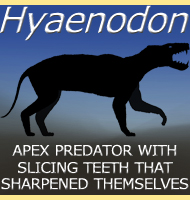 |
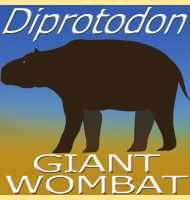 |
 |
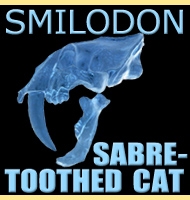 |
